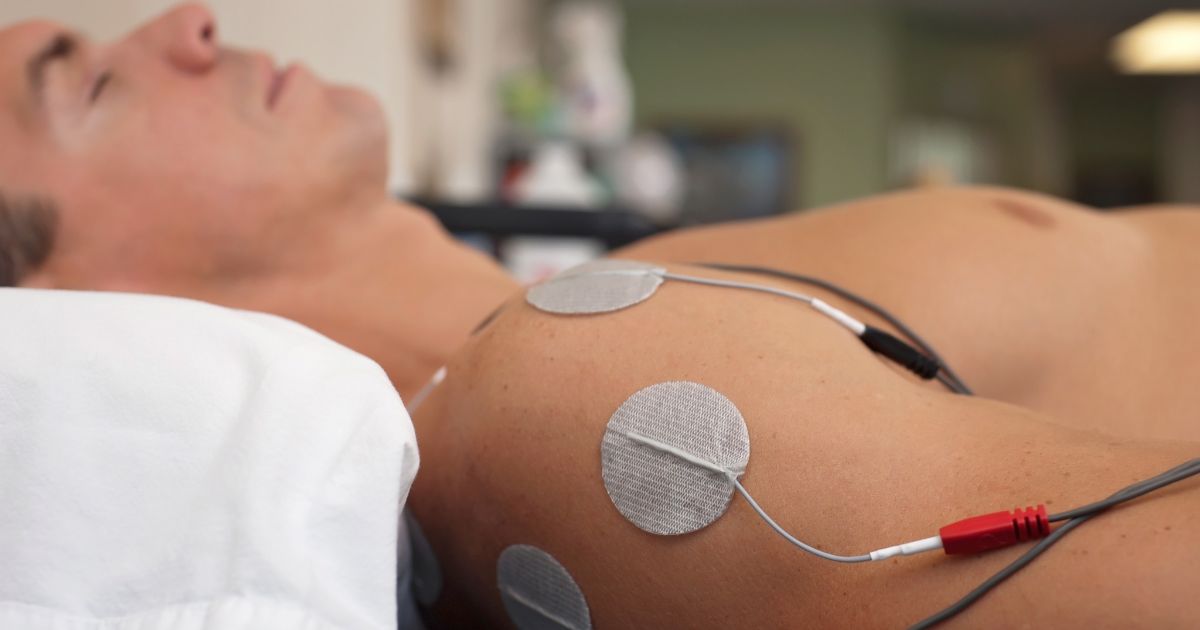How To Treat Hemiparesis
Imagery And Visualization
Since the nerves that control physical movement and visualization overlap, the use of imagery and visualization techniques can be especially helpful for hemiparesis patients when used in conjunction with other therapies. Imagery techniques for individuals with hemiparesis involve the patient imagining how their affected limb might perform a given movement. This process activates the muscle areas of the body in the same way they would be activated if the patient were actually moving. Sometimes, imagery and visualization are referred to as motor imagery, and studies have shown the practice is particularly helpful in regaining motion in the arms. It may also aid individuals with hemiparesis who are re-learning how to walk.
Get the details on more treatment options for hemiparesis now.
Electrical Stimulation

Electrical stimulation helps patients increase their sensory awareness and regain strength and function in their affected side. It is most often used in treating the arm. For this procedure, tiny electrical pads are placed on the skin over weakened muscle groups in the arm. The pads are connected to a machine that delivers a tiny electric charge to the muscles. This charge causes the patient's arm muscles to contract, enabling the patient to move the affected muscle more easily. While healthcare professionals typically administer this treatment, some stimulation devices are approved for home use. Before using these devices at home, patients should check with their healthcare team to make sure they are using a safe device. Medical staff can explain how the patient should use the machine, where to place the pads, and how often to use the machine. Patients should stop using the device if they experience any pain, and they should report any concerns to their doctor. While stimulation is typically used on the upper extremities, it is also appropriate for use in the feet and legs.
Uncover the next way of treating hemiparesis now.
